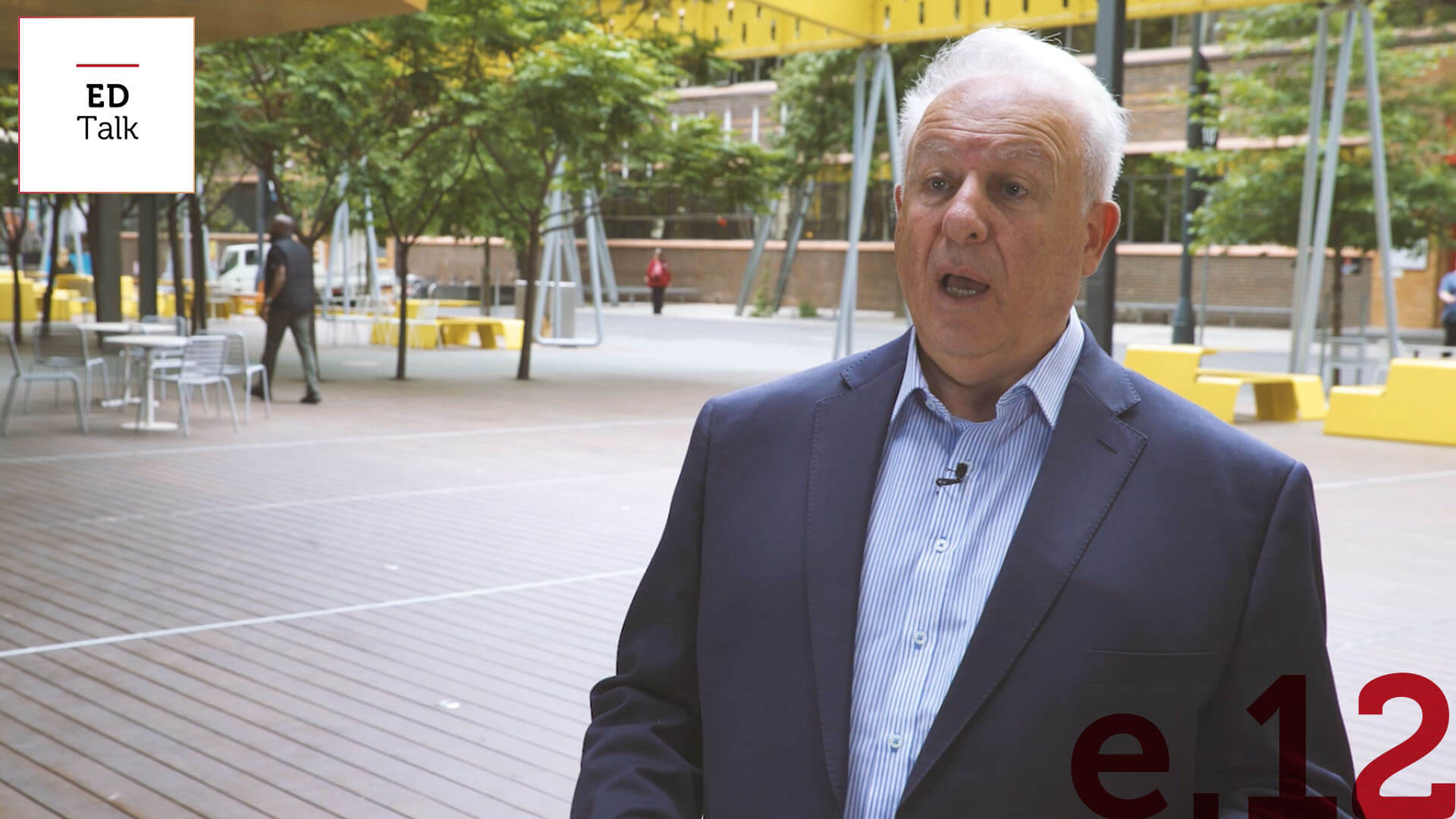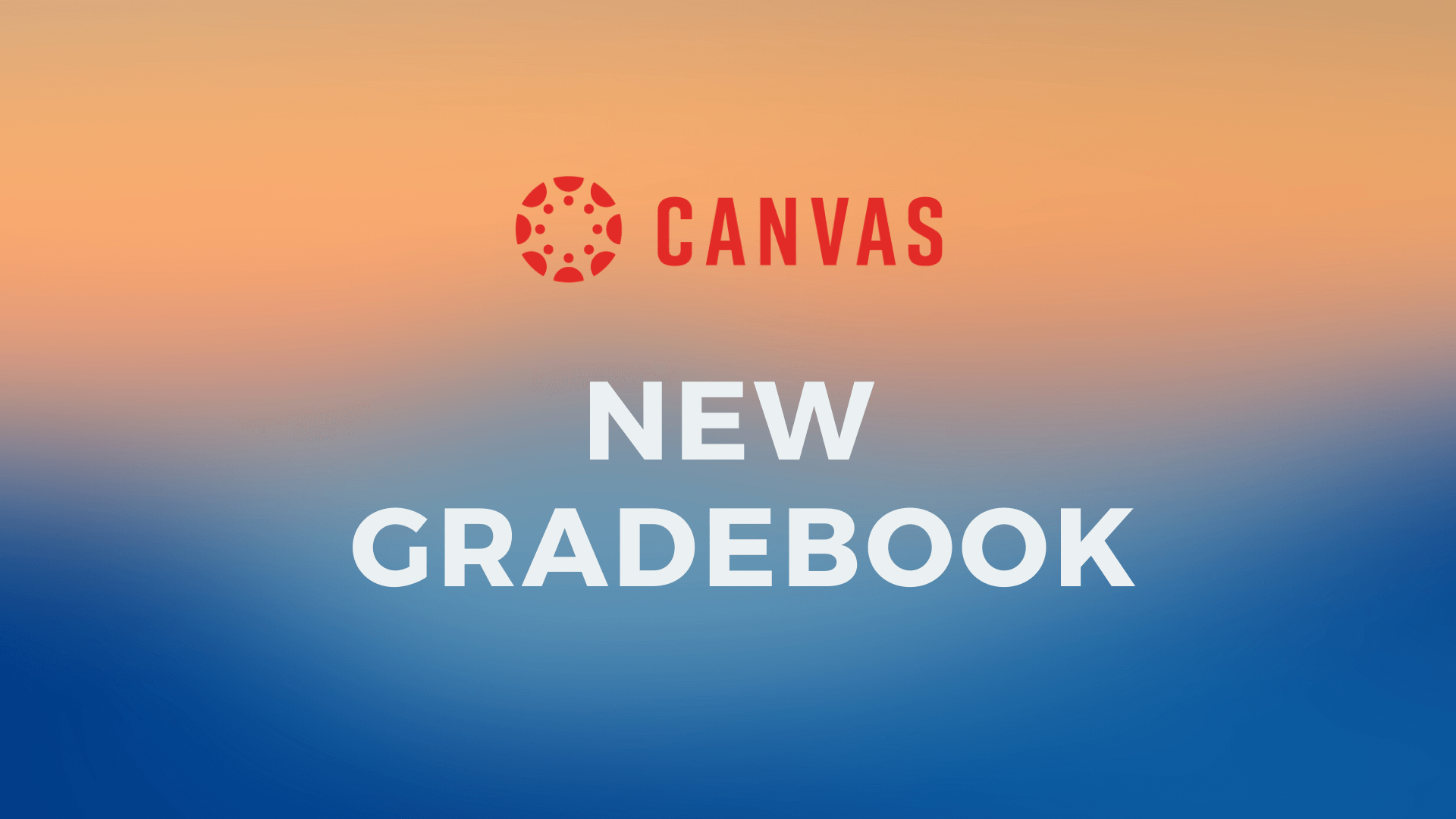
Assessment VE – Best Practice
Educators: Felicity Burn
The College of Business Learning and Teaching Portfolio are showcasing a series of assessment best practice of Vocational Education in the College.
In the third of the series, we interview Felicity Burns whose students develop marketing communications for real organisations, some very well known.
L&T: Hi Felicity, which course do you teach into?
Felicity: Hi L&T – thanks for raising awareness of the fabulous projects we do in VE. One of courses I teach is Integrated Marketing Communications which is part of the Diploma Marketing Communications.
L&T: How is the course designed to simulate the workplace and/or incorporate workplace challenges?
Felicity: Our students usually work directly with industry on a live brief. Currently we are working on a national initiative lead by the Cancer Council Victoria to implement a campaign across Australia by the end of the year. Students work initially with the client to set up the direction for the marketing communications, corporate objectives and campaign specifics. They then work in agency teams for a period of 8 weeks to develop the marketing and communications for the industry partner. This includes the assessment of an IMC plan (integrated marketing, communications and media), creative brief, and creative communications (videos and social media ads).
This course is designed around the needs of industry and the skills our students acquire in this project is simulated to what is required in industry; through the key stages of campaign development with planning, production and delivery of live work. Deadlines and budgets are also real so the performance criteria in these areas need to be met.
L&T: How are the assessments written for a student to be job ready?
Felicity: The client provides us with their own brief so we look at the key requirements of the brief and our students deliver this to the client directly through the assessment of an IMC plan, creative briefs and presentation of creative communications (all work is ready to go live). These assessment tasks are simulated to what industry require so our students are ready for work in the marketing communications industry.
L&T: Why are the assessments ‘successful’?
Felicity: This project usually leads to internships for our students which usually leads to jobs. I have been delivering this course for two years now and we have had around 24 work experience placements offered to our students by industry and our students’ work is usually published locally or nationally.
So far industry have been very impressed with the work of the finalist teams.
L&T: What future developments would you like to see?
Felicity: I would like to keep going with the design of this course as it appears to be working well with our delivery of outcomes to local industry. This course is designed to be a WIL project so work is based on the needs of our clients (marketing communications focused). An alternative aspect of this course is that I have added the COIL (Collaborative Online International Learning) component to the design. This is where we have worked with another university in Europe to deliver the same industry outcomes for business in Australia and Europe. So there is an option to extend this course globally.
L&T: What feedback have you received from stakeholders?
Felicity: Every semester our finalist teams receive letters of recommendation from the client. This supports our students’ job applications.
For our Metro IMC project, we had our student videos presented at Metro’s Safety Week Symposium to around 500 people and work published at Metro HQs.
All of our clients have enjoyed working with our students either through the project or during their work placements. And the outcomes of work have been of a very high standard, so our clients are impressed with the quality of work being delivered.
L&T: Thank you Felicity for sharing your story.



